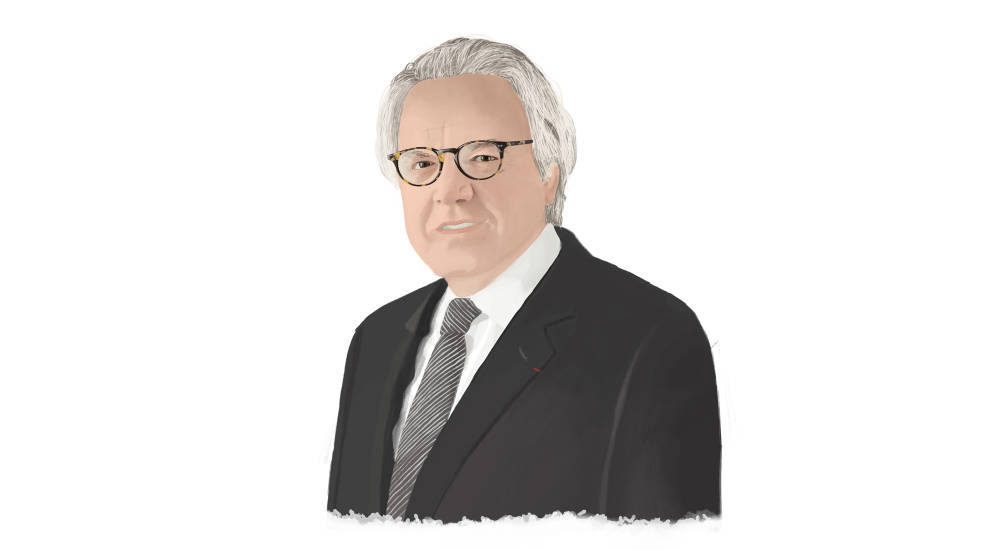PARIS, 2015-12-14 — /EPR Retail News/ — In conjunction with the COP21 World Climate Summit, of which LVMH is a partner, we asked five CEOs from our different business sectors to talk about the importance of the environment for their respective Houses. Christophe Navarre, CEO of Moët Hennessy, presents initiatives taken by LVMH Wines & Spirits Houses.
Why is the environment so important for Moët Hennessy?
Wines and spirits are obviously intimately linked to nature. Every day at Moët Hennessy we keep in mind that, without nature, we simply would not exist. Thanks to the work of skilled people, our Houses, founded centuries ago, nurture this unique heritage to craft exceptional wines and spirits.
We are very much aware of the impact of our activities on the environment, and we have a responsibility to of course preserve our heritage, but also enrich it thanks to research and innovation, in order to pass it on to future generations.
Is there one particular initiative by your Houses of which you are especially proud?
All our Houses work each day to improve their environmental performance, and I’m tremendously proud of these efforts. It’s impossible to say that one is more important than the others, and it would take too long to cite all of them. But there are several that are emblematic.
In Champagne, since July 2014 our vineyards have had dual certification for Sustainable Viticulture in Champagne and High Environmental Value. The creation of this nationwide label was initiated by our Houses. After having achieved certification for their own vineyards they seek to inspire the entire industry, especially transport firms, to make respect for the environment a priority.
Hennessy now ships over 95% of its products by ship and rail, giving priority to transportation solutions that generate the lowest carbon emissions. We were a stakeholder in reopening the rail line between Cognac and the port of Le Havre and we’re working to go even further this year by adopting a circular economy approach with one of our suppliers on this itinerary. This environmentally-responsible initiative does not only apply to shipping but also to employee travel. We’ve deployed a fleet of 60 electric vehicles at our different production sites and our drivers receive eco-driving training.
One last example is Veuve Clicquot, which has really innovated with a 100% biodegradable box made from grape skins and recycled paper, and called, quite logically, Naturally Clicquot. This initiative is a first step in our efforts to systematically employ this type of innovative packaging.
How will the creation of the LVMH Carbon Fund help your Houses reduce their greenhouse gas emissions?
In 2008 we set a target of reducing our aggregate C02 emissions for all our Houses by 30% by 2020. The carbon fund will allow us to accelerate these efforts and even exceed our target. We’ll be able to push further in deploying new innovative processes to reduce our carbon footprint.
SOURCE: LVMH
###
